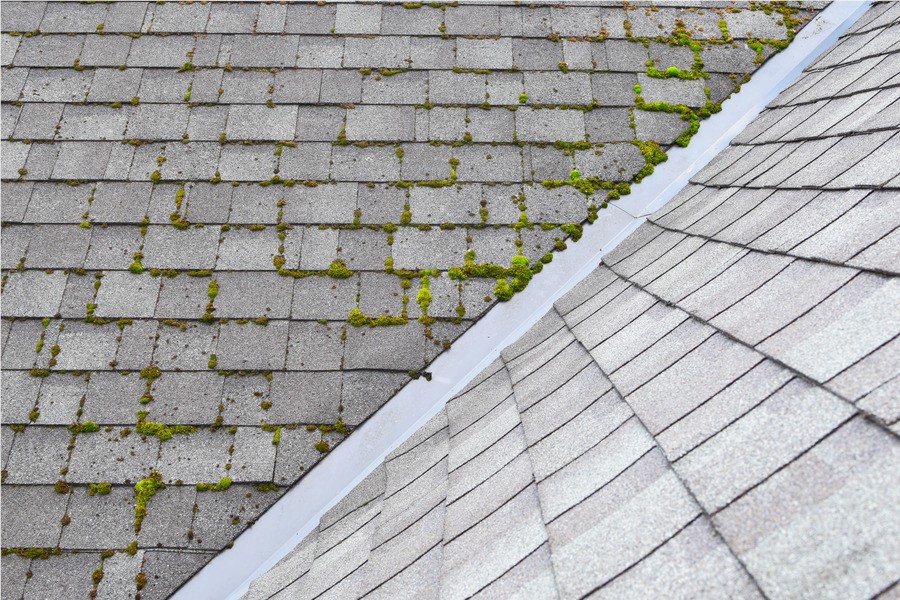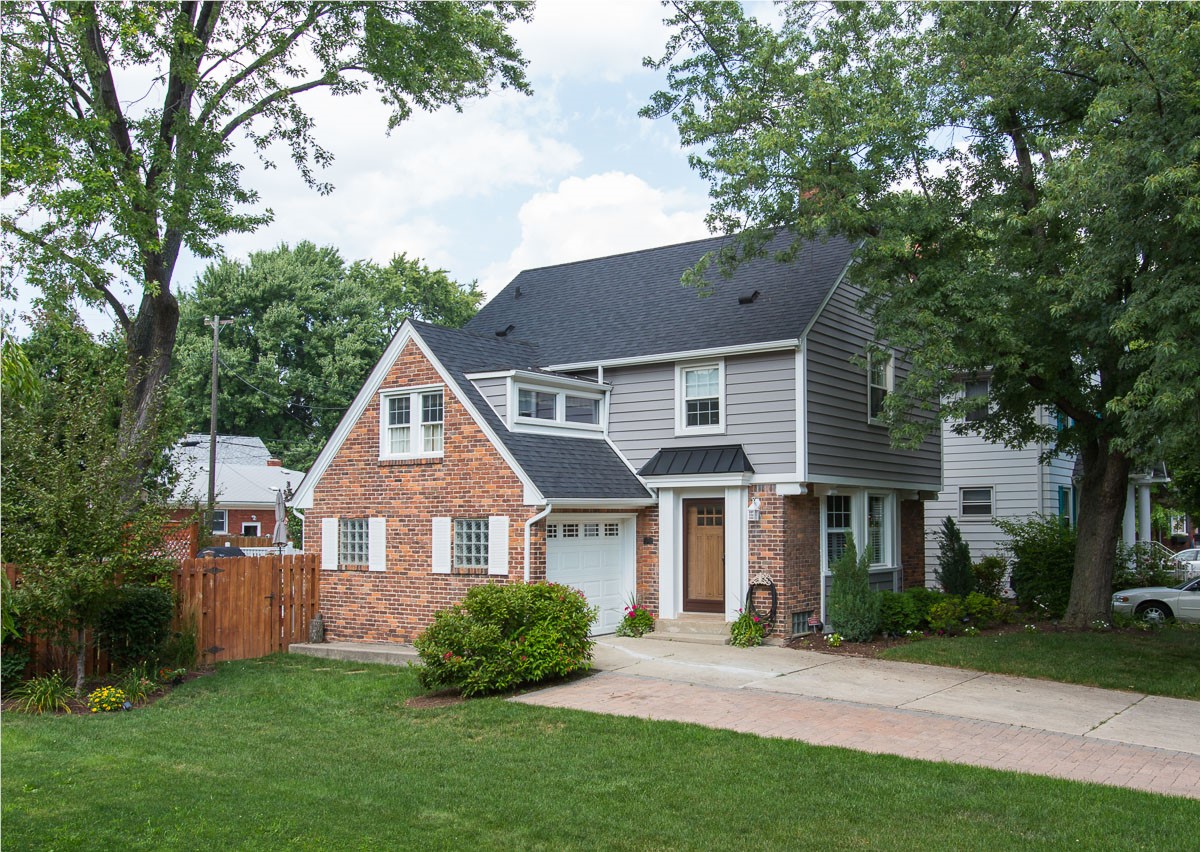Rooftop gardens and other environmentally friendly projects are at the leading edge of some of today's building projects. When it comes to nontraditional roofs, most of Feazel's roofing projects involve homes in historic areas. Homes in historic areas have strict guidelines in which they must follow to maintain the integrity of the look and feel of the zoned area. Slate roofs are generally not encountered all that much, so that would be another nontraditional roof we work on. Each slate tile is hung by hand and it is very time consuming and takes a skilled tradesman. Most of These nontraditional aspects are centered around the process and materials used, rather than alternative uses for a roof, such as rooftop gardens.
However, that doesn't mean Feazel isn't interested in environmental stewardship. Feazel is a big believer in sustainability. We have initiated a commitment to doing what we can to reduce waste and have become certified by GAF as a Green Roofer. This means we take the time to separate our roofing material waste so we can send it to the proper recycling process. Shingles, primarily being made of high quality asphalt, can be recycled into road that we drive on every day. In fact, per home or building project, Feazel helps to keep an average of 3 tons of roofing material out of local landfills and pave roughly 50 feet of new road. We've also donated EPDM roofing rubber for use in garden ponds.
Flat roofs and rooftop gardens
Almost all rooftop gardens are installed on flat roofing systems, for obvious reasons. Flat roofs are one of Feazel's main competencies. Feazel technicians would work with the homeowner to make sure the rooftop garden did not sustain any damage while the roof repair was made.
Environmentally Friendly Roofs
Rooftop gardens aren't the only technique for making a roof good for the environment. Asphalt roofs are good if you use a roofer who will recycle the asphalt. Also, adequate attic insulation is good for the environment. Proper amounts of insulation reduce how much a homeowner needs to run their AC or Heating Unit, cutting down on utility costs and energy consumption.
There are also other roofing strategies that keep the rooftop cool (like a rooftop garden does) to decrease utility costs and heat damage to the roof. One of the most common cool roof options for a flat or low-sloped roof is a modified bitumen roof. Modified bitumen roofing is a membrane made up of sheets of plasticized or rubberized asphalt held together with rolled reinforcing fabric and fastened to the roof deck with hot asphalt or cool adhesive. Another type of cool roofing material used for low-sloping roofs is a single ply membrane. Single ply membranes are pre-fabricated plastic or vinyl sheets containing solar reflective coatings or materials. The sheets are rolled onto the roof deck, then attached to the structure with some combination of chemical adhesives, mechanical fasteners, or ballast such as gravel or pavers. Single ply membranes don't require any additional coatings or surfacing -- the cool roof properties are integrated within the product itself.
Planning for a rooftop garden
Rooftop gardens aren't just for downtown high rises. Residential homes and apartment buildings can have them, too, however, it is important to note that if a regular roof is being converted to a green roof that the proper structural upgrades are addressed. A green roof carries much more weight when the it is fully saturated with water than a traditional asphalt shingle roof carries.
Rooftop gardens need to be carefully planned. Often times, on smaller structures, the garden is designed prior to the rest of the building so the building structure can be designed to accommodate weight and access points. On larger, commercial buildings, the garden is part of the entire process to make sure the necessary water, access, drainage, etc. needs are met.
For example, there is more than one way to irrigate and drain rooftop gardens. Some gardens rely on rain water for irrigation, while other systems use irrigation systems such as a sprinkler system that relies on water pressure to move the water. It would be possible to use rainwater in rain barrels if there were a pump system installed to move the water to the rooftop garden.
Tags
Feazel
Feazel Cincinnati
Feazel Cleveland
Feazel Columbus
Feazel Dayton
Feazel Indianapolis
Feazel Raleigh
Subscribe to Feazel's Blog




Comments